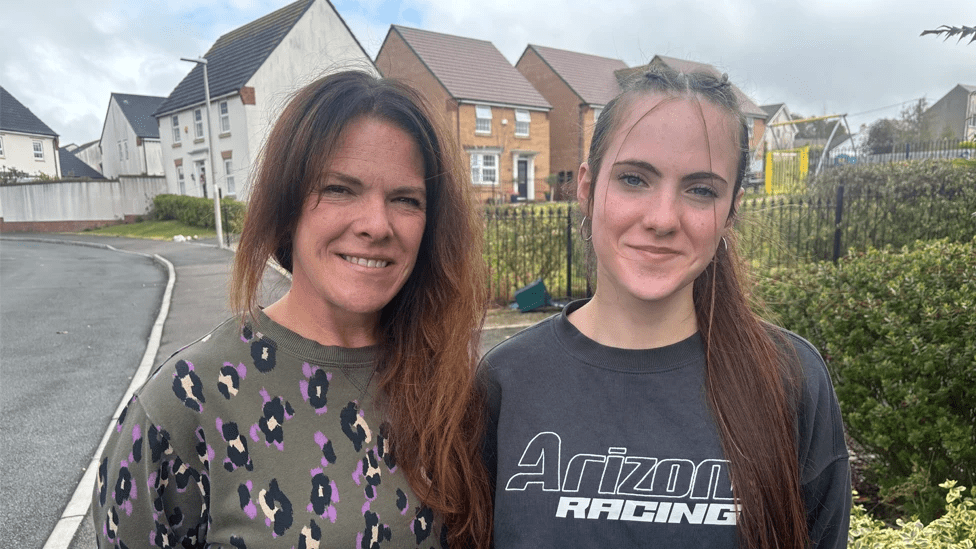
When the Bedtime Routine Grows Up — And What It Taught Me About Business
When I was pregnant with our first child, my husband and I made a very deliberate decision: we wanted our children to have a strong bedtime routine. It wasn’t just about good sleep habits — though every health visitor and parenting book recommended them — it was about carving out some precious evening time for ourselves.
Time to sit down together, put the kettle on, watch a bit of telly, and just be a couple again after the whirlwind of parenting small children. For years, that rhythm worked beautifully. By 7:00 p.m., the house would settle down. Baths, books, bed — and then a few sacred hours of calm.
Fast forward 14 years…
The kids don’t go to bed at seven anymore.
They’re up later — with jujitsu classes, horse riding lessons, homework, revision, or just life. They still have a bedtime routine (that’s one non-negotiable that’s stuck), and they’ll read before sleep. But those long, quiet evenings? They’ve shifted.
What I didn’t expect was this new phase where they start edging into what used to be our time. They’ll wander into our room at 10 p.m., thinking aloud about their day, unloading worries, or just wanting a chat.
And honestly, it caught me off guard.
I thought I’d be craving these moments — and I do — but I also miss those calm evenings I’d come to rely on. It’s a strange mix of gratitude and grief for a stage that’s passed.
We’ve had to adapt. Life has shifted, just like our family routines have shifted.
But the real change, I’ve realised, is in my mindset as a parent.
I always said I wanted to be a present, approachable mum — the kind of parent who listens when my kids want to talk, even if it’s late or inconvenient. And here it is: that very opportunity.
I know teenagers are famous for shutting down or pulling away. I’ve heard the advice over and over — You have to catch the moments when they happen. So I’m learning to embrace this phase for what it is: a new kind of connection. Not always on my schedule, but on theirs.
It’s not about clinging to the old routines, but about leaning into the values we’ve always tried to live by as parents:
- Being available
- Being present
- Creating space for conversation
- Valuing family time — even if it looks different now
I didn’t expect this shift, and I’ll admit it rattled me at first.
But like most things in parenting — and in business — it’s another season of change. And another reminder that showing up when it really matters is far more important than sticking to a perfect plan.
Even if it means a few less peaceful evenings with a cuppa.
Running a business together has taught us much the same. Both family life and entrepreneurship demand flexibility, teamwork, and a willingness to adapt when things don’t go as expected. Both require you to balance structure with spontaneity — and to stay rooted in your values, even when the routine shifts.
At home and at work, it’s about showing up — for each other, for our family, for the people we serve — with presence, care, and a bit of grace for the unexpected.
Because whether it’s parenting or business, success isn’t about holding on to the old ways. It’s about having the courage to grow with the change — and finding connection in the moments that matter.
Share



